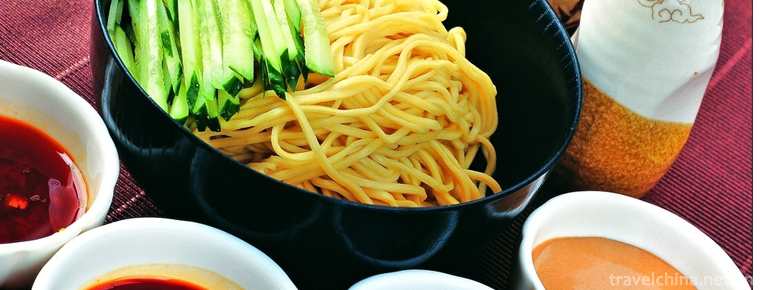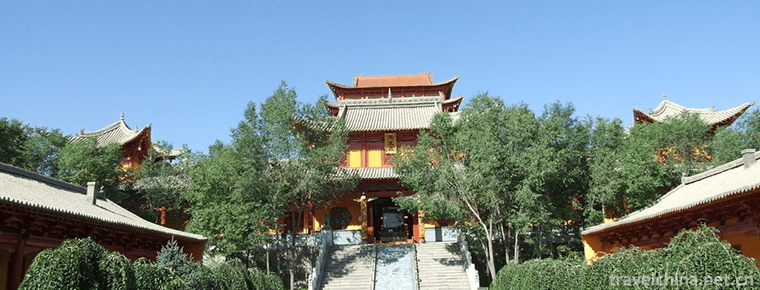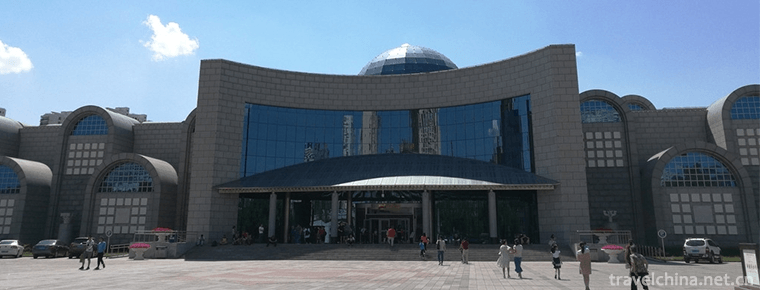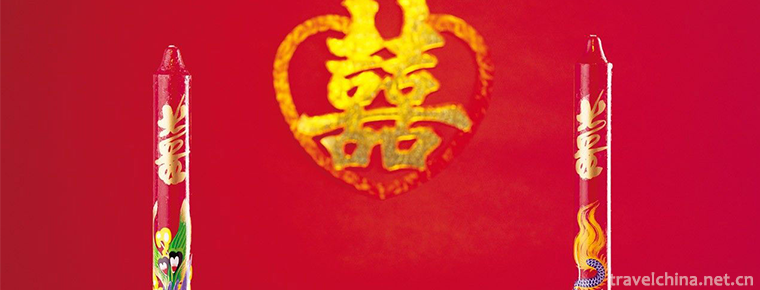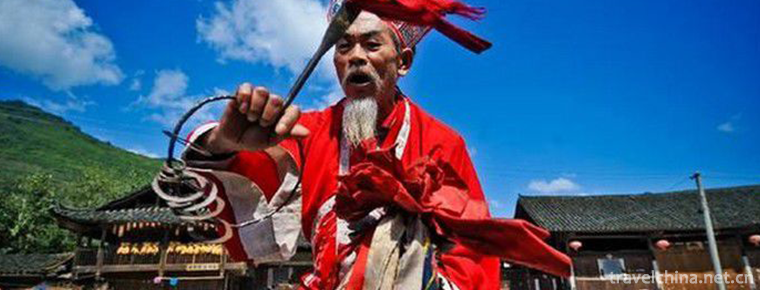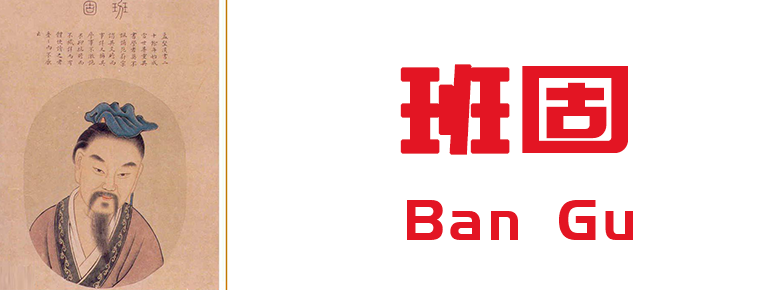Hui Folk Stories
Hui Folk Stories
Hui Folklore Stories is a book published by Ningxia People's Publishing House in 2009 by Li Shujiang and Wang Zhengwei.
This book collects and collates folklore stories widely circulated in Hui concentrated areas in China. A group of stories about Hui people's creation myths, legends and stories about Hui people's recovery of treasures, wisdom figures, love stories, life style and folk animal stories are rich and colorful, expressing the true and touching, and the theme of the stories is simple and simple, reflecting the noble pursuit of truth, goodness, sex, purity and holiness of Hui Muslims. Spirit.
content validity
She is a splendid mountain flower in the garden of Hui folk literature. She is an encyclopedia of Hui folk literature. Her collation, excavation, collection and publication are of great significance for carrying forward excellent national culture, national virtues and cultivating national spirit. May this book become a beautiful window for people to understand and love Hui nationality.
Author brief introduction
Li Shujiang (May 1946 - December 2004) is a Han nationality from Pingluo, Ningxia. He was formerly the director of the Hui Literature Research Institute of Ningxia University, the vice secretary of the Party Committee of Ningxia University, and the vice secretary and vice president of the Party Group of Ningxia Academy of Social Sciences. President and President of Ningxia People's Publishing House. He has been engaged in the research of Hui literature for a long time. He has written two monographs, such as the Outline of the History of Hui Folk Literature. He has edited and published more than 20 academic works and reference books, such as The Series of Hui Literature (9 volumes), and presided over the compilation and publication of The Great Dictionary of Hui Nationality in China by Shanghai Dictionary Publishing House. In June 1994, the publishing house of New York State University published Chinese Hui Myth and Folklore (English edition), co-edited by Professor Carl W. Lukat, which introduced the Chinese Hui folklore system to the West for the first time.
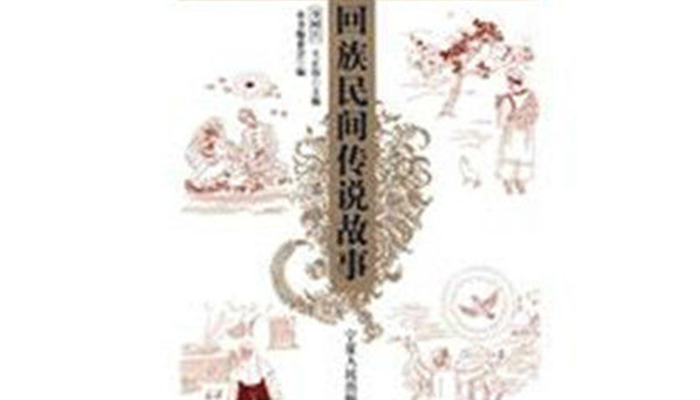
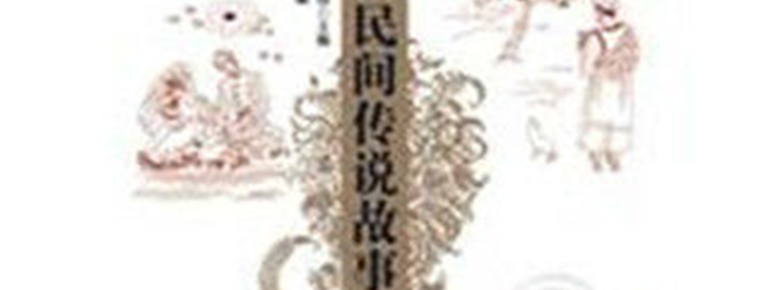
Hui Folk Stories
-
Cold Noodles with Sesame Sauce
Cold Noodles with Sesame Sauce are also called cold noodles
Views: 152 Time 2018-10-12 -
Shanghai Museum of Natural History
The Shanghai Museum of Nature (Shanghai Science and Technology Museum Natural Branch) is one of the largest natural museums in China. Located in the center of Shanghai, Address: 260 Yan'an East Road,
Views: 385 Time 2018-12-15 -
Qingdao Seaside Scenic Spot
Qingdao Seaside Scenic Spot is the first batch of state-level scenic spots announced by the State Council in 1982, and also the first batch of national AAAA-level scenic spots.
Views: 270 Time 2019-02-07 -
Shandan Great Buddhist Temple
Shandan Grand Buddha Temple is located at the foot of the mountain 5 kilometers west of Shandan County, Zhangye City, Gansu Province. The old name of "Tufo Temple" was built in the Northern
Views: 189 Time 2019-02-08 -
Taoyuan Xiangu Natural Scenic Area
Beijing Taoyuan Xiangu Scenic Spot is a national AAAA-level scenic spot. It is 90 kilometers away from Beijing. It starts from the West Bank of Miyun Reservoir in the East and reaches the top of Guanf
Views: 169 Time 2019-02-13 -
Museum of Xinjiang Uygur Autonomous Region
The Museum of Xinjiang Uygur Autonomous Region, located at No. 132 Northwest Road, Urumqi City, is a provincial comprehensive geographic museum.
Views: 251 Time 2019-02-25 -
Shanghai Yuehu Sculpture Park
Yuehu Sculpture Park is located in Sheshan National Tourism Resort, Songjiang District, Shanghai. It is built around the lake. It is a sculpture art park which combines natural scenery with modern lan
Views: 119 Time 2019-03-09 -
Traditional Marriage Customs of the Han Nationality
The ancestors of the Han nationality believed that dusk was auspicious, so they would marry at dusk. Therefore, the etiquette of marriage was called "dusk rite", which later evolved
Views: 238 Time 2019-05-02 -
Timago of Tujia Nationality
The Tujia Tima song, also known as the "Tujia Tima Goddess Song", is an ancient song sung in Tujia language in the activities of Tujia Tima. It mainly distributes in Longshan, Yongshun, Baoj
Views: 307 Time 2019-06-23 -
Yugur Costume
Yugur costume is the traditional costume of Yugur people. Both men and women of Yugur nationality wear long gowns with high collars and large skirts. Men wear red and blue belts with waistknives, sick
Views: 163 Time 2019-07-16 -
Ban Gu
Ban Gu (32 - 92 years), Meng Jian, Fufeng An Ling (now Shaanxi Xianyang Northeast China, famous in Eastern Han Dynasty historian , Litterateur 。 Ban Gu's birth Confucianism Family, father Ban Bi Uncle
Views: 281 Time 2019-09-06 -
Panzhihua from the Ming Dynasty to the Republic of China
In 1382, in the 15th year of Hongwu reign of the Ming Dynasty, the Xuanwei Department of paloros put Yunnan under the jurisdiction of Sichuan Chengxuan political envoys. In this place, there is another commander's Department of Sichuan Xingdu, which leads the lawsuits
Views: 107 Time 2020-12-14
